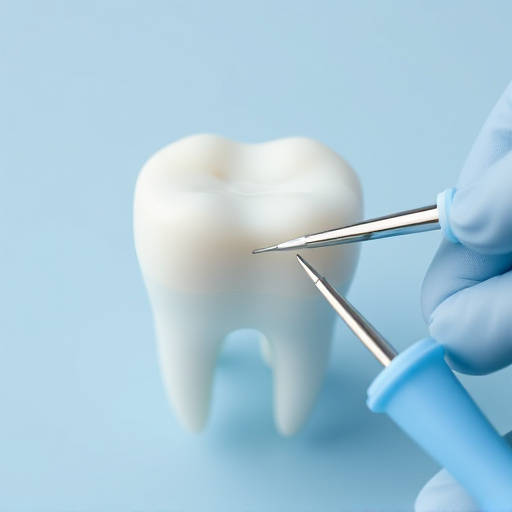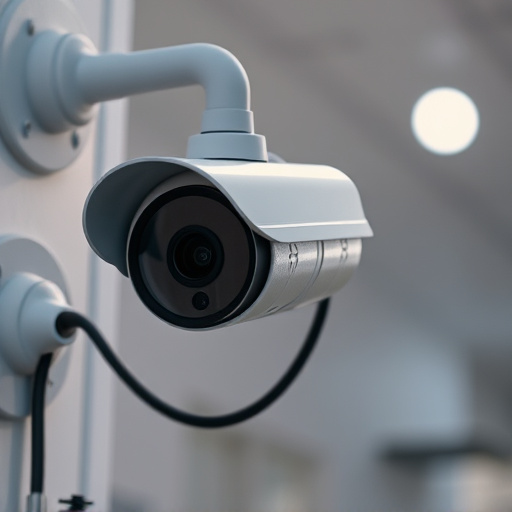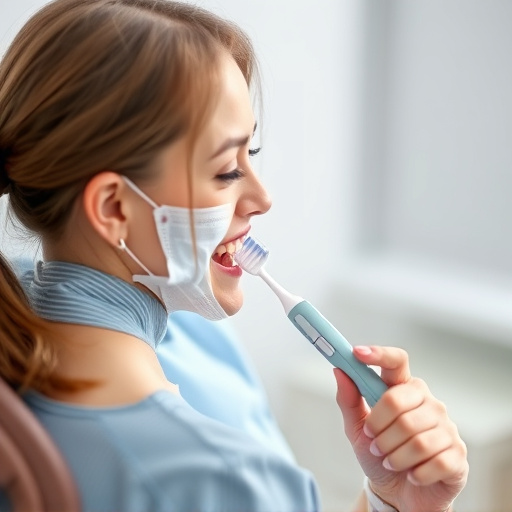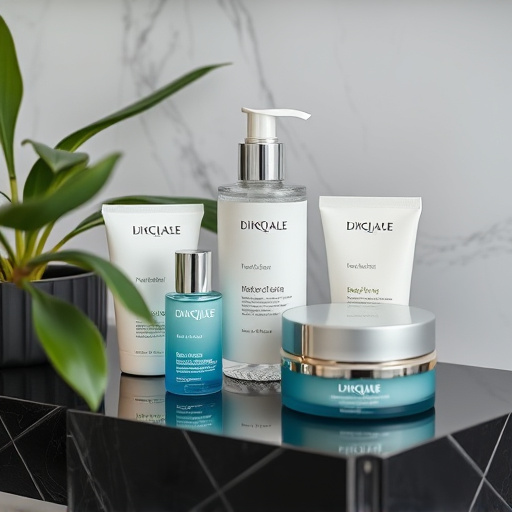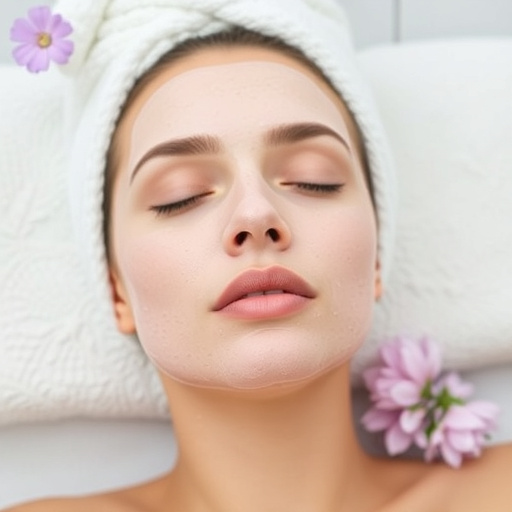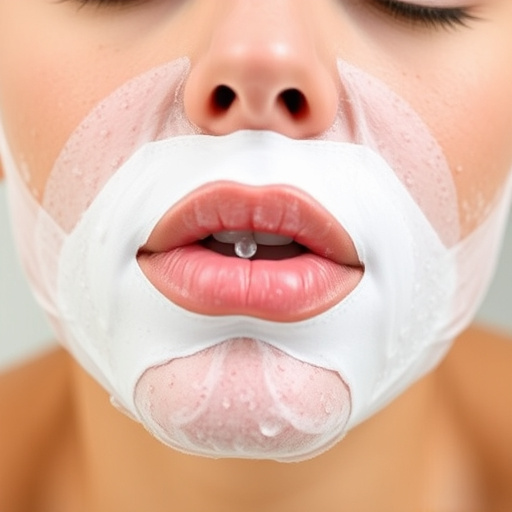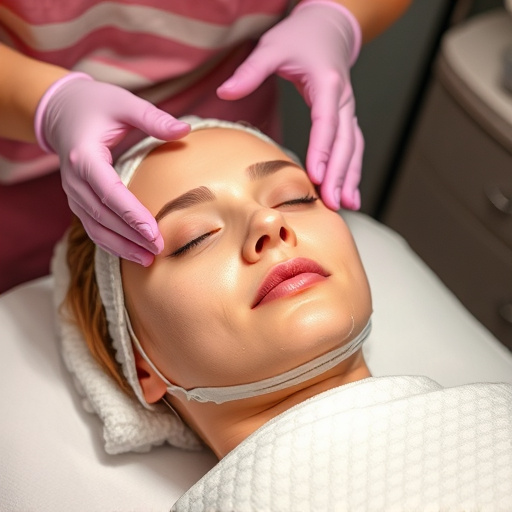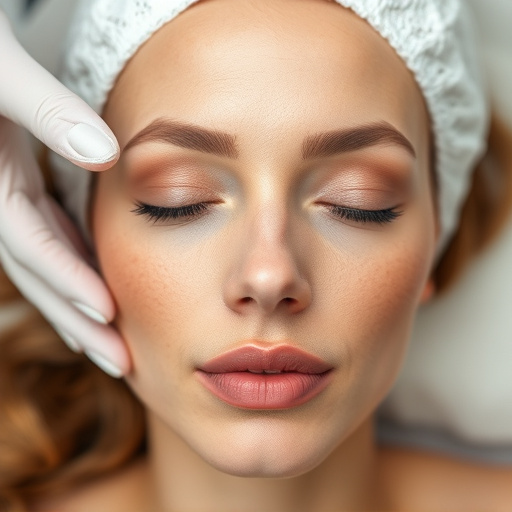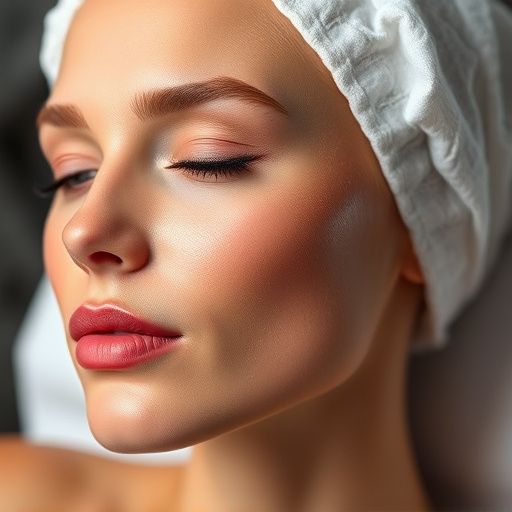FDA-approved procedures offer stringent safety and efficacy testing, minimizing risks compared to unregulated cosmetic treatments. These approved options, like chemical peels, provide controlled outcomes, accessibility guidelines, and peace of mind for consumers seeking skincare and aesthetics solutions. Choosing FDA-approved methods ensures rigorous evaluation and guarantees safer, more effective treatment experiences.
In today’s healthcare landscape, understanding the distinction between FDA-approved procedures and unregulated options is paramount for consumers. This article delves into these two categories, providing insights on their respective safety, efficacy, and accessibility. We explore the definition and benefits of FDA-approved procedures, while also shedding light on the risks, advantages, and considerations associated with unregulated alternatives. By comparing these options, readers can make informed decisions regarding their health and wellness.
- Understanding FDA Approved Procedures: Definition and Benefits
- Unregulated Options: Risks, Benefits, and Considerations
- Comparing Safety, Efficacy, and Accessibility: A Deep Dive
Understanding FDA Approved Procedures: Definition and Benefits
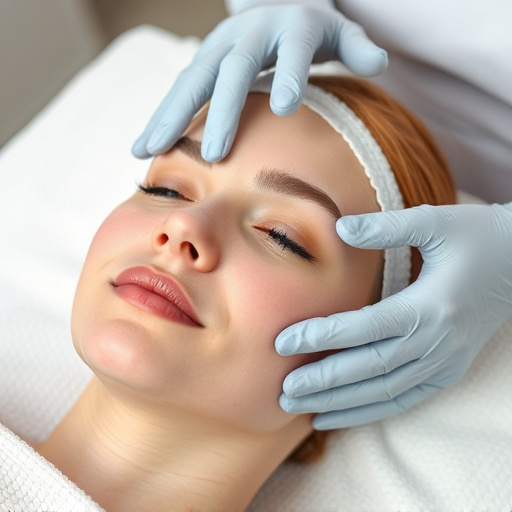
Understanding FDA Approved Procedures: Definition and Benefits
FDA approved procedures are medical interventions that have undergone rigorous testing and evaluation by the U.S. Food and Drug Administration (FDA). This regulatory process ensures safety, efficacy, and quality standards for various healthcare products and treatments, including non-surgical options like laser hair removal and chemical peels. By approving these procedures, the FDA signifies that they meet specific criteria based on clinical trials and substantial evidence.
The primary benefit of choosing FDA approved procedures is the assurance of safety and reliability. These treatments are monitored and regulated, reducing potential risks associated with unregulated alternatives. For instance, non-surgical treatments like laser hair removal, when approved by the FDA, offer a controlled and effective solution for unwanted hair, often with minimal side effects compared to unmonitored options. This regulatory oversight is especially critical in fields where safety and accuracy are paramount, such as skincare and aesthetic procedures.
Unregulated Options: Risks, Benefits, and Considerations
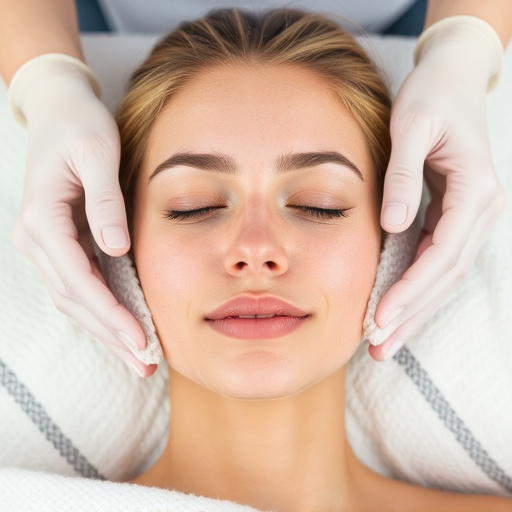
Unregulated cosmetic procedures, often less expensive and accessible, present a range of risks and potential benefits. Without the oversight and stringent testing of FDA-approved methods like chemical peels or hydrating facials, outcomes can be unpredictable. While some individuals may experience satisfactory results with unregulated anti aging treatments, others could face adverse reactions, including skin irritation, allergic responses, or even more severe complications.
These procedures are not subject to the same level of safety and efficacy scrutiny as FDA-approved options. This means there’s a higher chance of encountering unproven practices, inadequate product formulations, or improper application techniques. It’s crucial for consumers to approach unregulated treatments with caution, conduct thorough research, and consult qualified professionals before undergoing any procedure, ensuring they understand the potential risks and benefits associated with each option.
Comparing Safety, Efficacy, and Accessibility: A Deep Dive
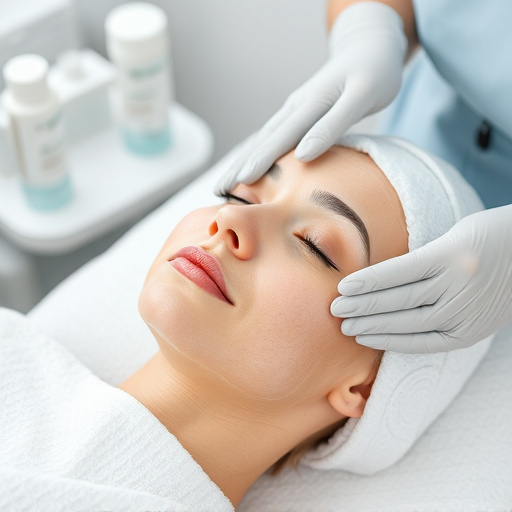
When comparing FDA approved procedures to unregulated options for treatments like skin brightening, it’s crucial to assess safety and efficacy. FDA-approved procedures undergo rigorous testing and evaluation to ensure their effectiveness and safety profiles. This regulatory process provides consumers with a level of confidence that the treatment has been thoroughly vetted for potential risks and benefits. On the other hand, unregulated options, while potentially offering innovative solutions, lack this oversight, making it challenging to verify their safety and efficacy.
One area where FDA-approved procedures excel is accessibility. Because these treatments are regulated, they often have clear guidelines for administration and dosage, ensuring a safer and more standardized experience. In contrast, unregulated skin brightening practices or customized facials offered by professionals may vary widely in quality and intensity, posing potential risks to consumers. Therefore, when prioritizing safety and efficacy, opting for FDA-approved procedures is generally advised.
When considering medical options, understanding the distinction between FDA-approved procedures and unregulated alternatives is paramount. The former, with their rigorous testing and validation, offer proven safety and efficacy, making them reliable choices for many treatments. Unregulated options, while potentially innovative, carry inherent risks and require meticulous research due to a lack of oversight. This comparison highlights the importance of informed decision-making, emphasizing that seeking professional guidance and thoroughly evaluating both options is essential for ensuring optimal health outcomes. Opting for FDA-approved procedures can provide peace of mind, knowing they meet stringent standards, while making educated choices among unregulated alternatives may lead to promising new paths in healthcare.



